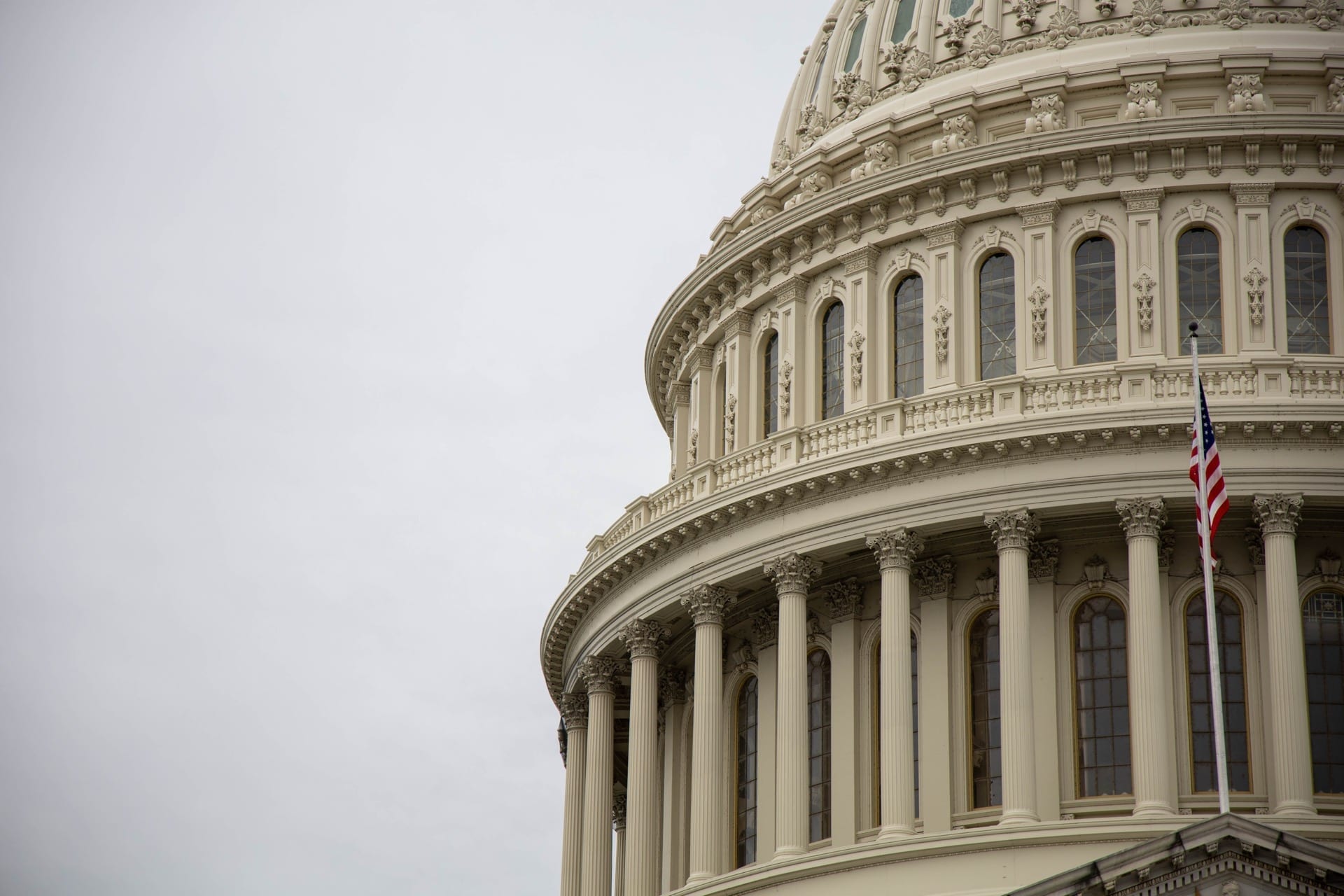On November 5, 2013, Terry McAuliffe won the gubernatorial election with the overwhelming support of Virginia’s unmarried women. Unmarried women, who gave McAuliffe two thirds of their votes, matching President Obama’s vote among this group, were decisive in the Democrat’s narrow victory over Republican Ken Cuccinelli. While unmarried women turned out in the off-year election in smaller numbers than in 2012 and slightly below 2009, they supported McAuliffe in strong numbers. This is both a good early indicator for Democrats in 2014, but also an equally important warning sign. Democrats need these voters to win and that means turnout to vote. But in order to turn them out, Democrats must speak to the issues that matter to them most.
Key findings
• Unmarried women made the difference in this election. Unmarried women voted for Terry McAuliffe by a decisive 42-point margin (67 to 25 percent). Married women, by contrast, voted Cuccinelli by 9 points.
• Marital status was clearly determinative in this election. If unmarried women had voted as married women, Ken Cuccinelli would have won the election by 7 points.
• While unmarried women supported McAuliffe at similar rates as they supported Obama in 2012, their share of the vote declined from 22 percent in the presidential election year to 18 percent in 2013 (and from 19 percent in 2009). Campaigns have to work to get these voters to the polls– and give unmarried women a reason to turn out in 2014 by speaking to the issues that matter most to them.
• The most important issues for unmarried women in this election were the economy, healthcare, and choice issues. But compared to every other group, health care and abortion mattered to them in their vote.
• Vote share among all groups in the Rising American Electorate dropped from 2012 to 2013, due to smaller share among unmarried women and young voters. Unmarried women, who were a quarter of the presidential year electorate, represented 18 percent of Virginia voters in 2013.
• However, African Americans – just 16 percent of the 2009 electorate in Virginia – represented 20 percent of Virginia voters in 2013.
• While young voters supported McAuliffe in stronger numbers this year than they did Creigh Deeds in 2009, they were far less supportive of McAuliffe than they were of President Obama. However, their votes largely did not move to the Republican column. Instead, young people supported independent candidates in higher proportions than the electorate as a whole.
Unmarried women made the difference
Unmarried women—who comprised 18 percent of the electorate in Virginia in 2013—voted for McAuliffe by a decisive 42-point margin, 67 percent to 25 percent. This margin was 10 points higher than President Obama received among this group when he defeated Mitt Romney by 67 percent to 35 percent in 2012.

In 2009, both low turnout and poor performance for Democrats among unmarried women in Virginia provided an early warning sign to Democrats that 2010 would not look like 2008. In that election, Creigh Deeds won just 53 percent of unmarried women’s votes, and just a 6 point margin over Republican Bob McDonnell among this group. A year later, in 2010, Democrats won just 57 percent of unmarried women’s votes nationally—a 12 point drop from 2008.

Marital status was clearly the decisive factor in determining how groups voted in this election. While McAuliffe won all women by a 9-point margin, Cuccinelli won married women by 9 points—42 percent to 51 percent. This 51-point difference between how married and unmarried women voted should put a fine point on the importance of marital status in determining how individuals will vote.
And unmarried women made the difference. If unmarried women had voted as married women did in this election, Ken Cuccinelli would have won the race by a significant 7 points—instead of losing by 2 points.

However, unmarried women did not turn out in the same numbers as they did in the 2012 and just short of the 2009 election, and Democrats should pay attention. Unmarried women owned the same share of the electorate in 2013 as they did in 2012 in Virginia.
Given the importance of unmarried women to election outcomes, Democrats must give these voters a reason to show up at the polls in 2014. While unmarried women will likely continue to support Democrats, neither their turnout nor high vote margins for Democratic candidates should be taken for granted. Democrats have seen what happens when unmarried women do and do not turn out—and what happens when they do and do not vote for Democrats in strong numbers. This result is not a license to ignore unmarried women, but instead it should provide an opportunity to pay particularly close attention to what matters most to unmarried women.
In the Virginia election, both candidates closed on health care. The final days of the election put the Affordable Care Act at the center of the choice in Virginia, and unmarried women voted for it.
Among all voters, the most important issue in this election was far and away the economy. But among unmarried women, healthcare ranked nearly as high as the economy and choice issues played a much larger role for this group.

The Rising American Electorate
Unmarried women make up the largest portion of the Rising American Electorate—an historically underrepresented group of voters comprised of young people, people of color, and unmarried women.
Here, the 2013 election in Virginia presents a mixed result for Democrats. People of color supported McAuliffe at the same rates as they supported President Obama in 2012 and comprised a larger share of the electorate than in 2009 or 2012 (20 percent as compared to 16 percent in 2009). This vote share and performance for Democrats sets up favorable conditions for the 2014 midterm elections.

However, young people (voters under age 30) give a very mixed picture. While young voters supported McAuliffe in much stronger numbers than they did Deeds in 2009, their vote for McAuliffe far underperformed the vote for President Obama among this group. And while they turned out in stronger numbers than in 2009 (14 percent of electorate compared to 10 percent in 2009), 15 percent of young voters broke from the two major parties to support other candidates in 2013. If 2013 is an early indicator for 2014, we can expect slightly higher turnout among this group than we saw in 2010, with young voters giving a majority of their vote to Democrats, but also peeling off from the two major parties to some extent.


